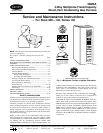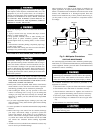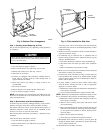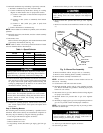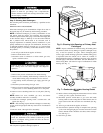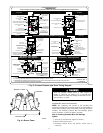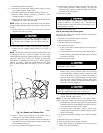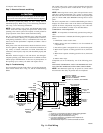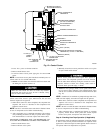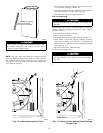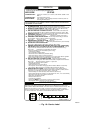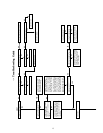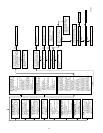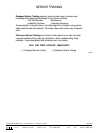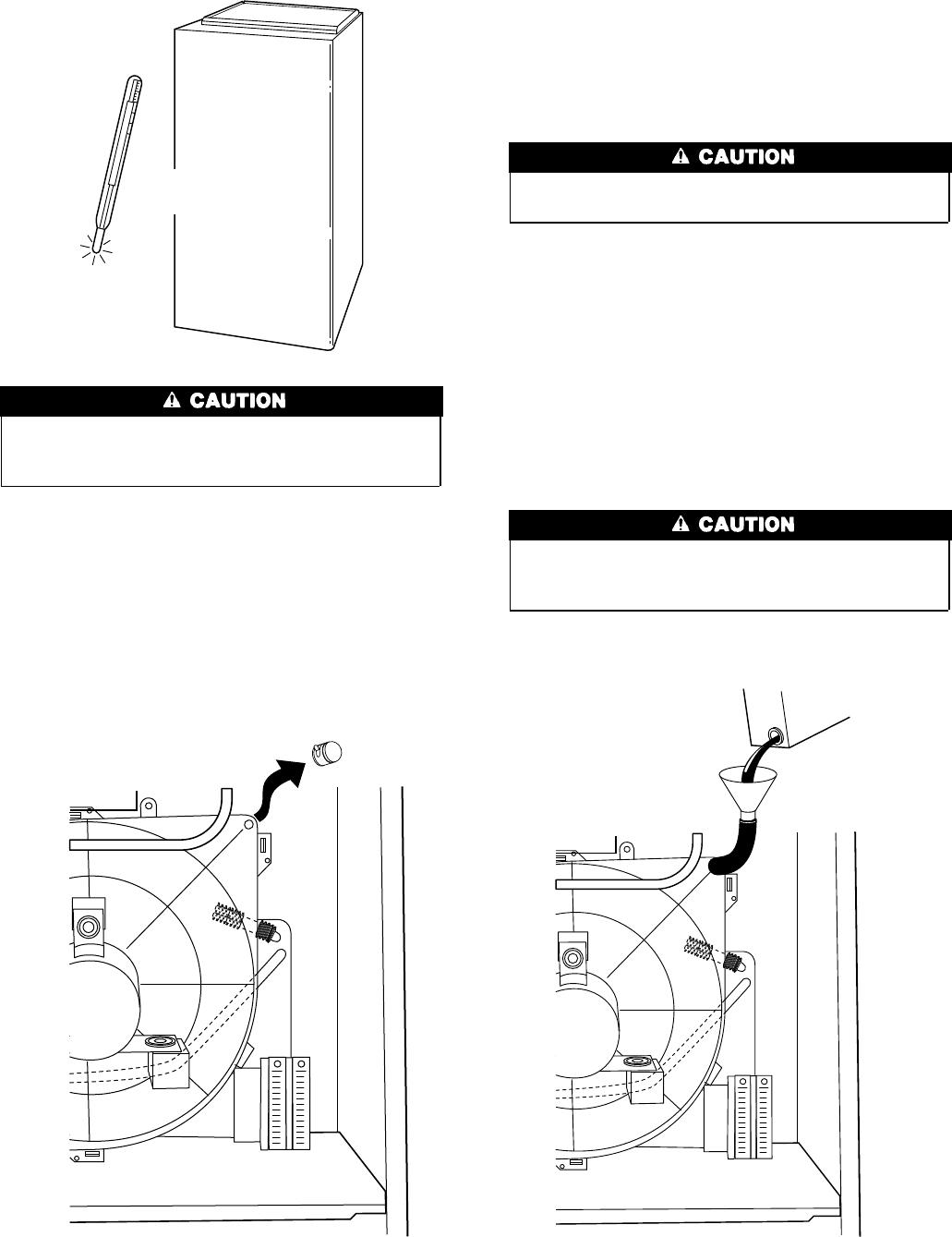
NOTE: Heat tape, when used, should be wrapped around the
condensate drain trap and drain line. There is no need to use heat
tape within the furnace casing. Most heat tapes are temperature
activated, and it is not practical to verify the actual heating of the
tape. Check the following:
1. Check for signs of physical damage to heat tape such as nicks,
cuts, abrasions, gnawing by animals, etc.
2. Check for discolored heat tape insulation. If any damage or
discolored insulation is evident, replace heat tape.
3. Check that heat tape power supply circuit is on.
Step 10—Winterizing
Freezing condensate left in the furnace will damage the
equipment.
If the furnace will be off for an extended period of time in a
structure where the temperature will drop to 32°F or below,
winterize as follows:
1. Turn off electrical supply to furnace.
2. Remove main furnace door.
3. Disconnect drain tube from inducer housing. (See Fig. 13.)
4. Insert funnel in drain tube and pour antifreeze, propylene
glycol (RV, swimming pool antifreeze, or equivalent) into
furnace until it is visible at point where condensate enters open
drain. (See Fig. 14.)
5. Reconnect drain tube to inducer housing.
6. Replace main furnace door.
Do not use ethylene glycol (Prestone II antifreeze/coolant or
equivalent automotive type). Failure of plastic components
will occur.
4
→ Fig. 13—Inducer Housing Drain Tube
A99118
→ Fig. 14—Funnel in Drain and Antifreeze Running
Through Trap
A99119
If this furnace is installed in an unconditioned space where
the ambient temperatures may be 32°F or lower, freeze
protection measures must be taken.
A93058
32°F MINIMUM INSTALLED
AMBIENT OR FREEZE
PROTECTION REQUIRED
10



